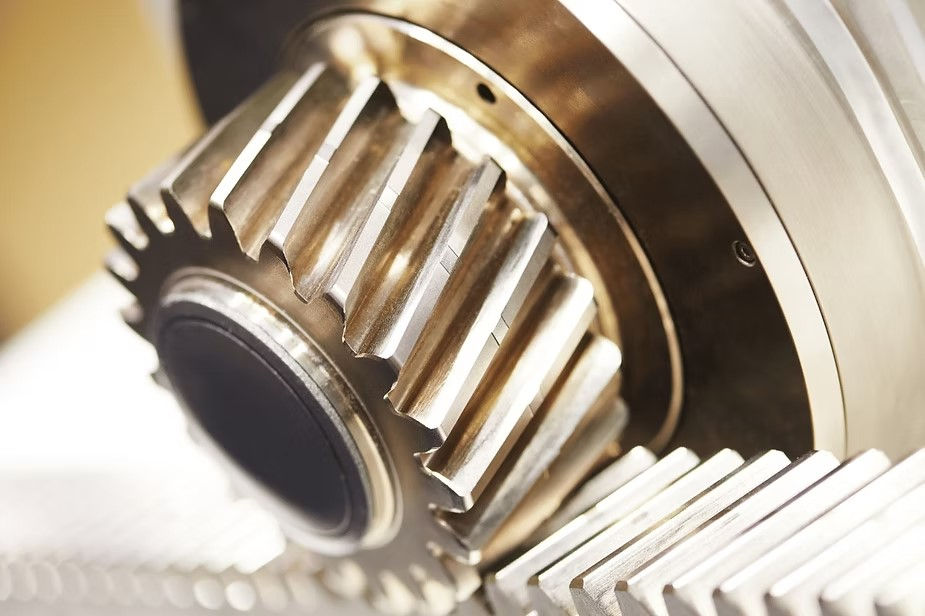Lead Screws
- magsonssakhib
- Mar 31, 2023
- 2 min read

A lead screw is a mechanical component that is commonly used in linear motion applications to convert rotary motion into linear motion. The lead screw consists of a threaded shaft or rod with a helical thread that is used to translate rotary motion into linear motion.
Lead screws are used in many different applications, from industrial machinery and automation to consumer electronics and scientific instruments. They are ideal for applications that require high accuracy, smooth motion, and precise positioning.
Design of Lead Screw:
The design of a lead screw can vary depending on the application requirements. The most important design parameters include the diameter of the shaft, the pitch of the thread, the lead, and the number of starts.
The diameter of the shaft is determined by the load that the lead screw will be subjected to. The larger the load, the larger the diameter of the shaft needs to be.
The pitch of the thread determines the linear travel of the lead screw with one rotation. The pitch can be coarse or fine, depending on the application requirements.
The lead is the distance that the lead screw travels linearly with one rotation. It is determined by the pitch of the thread and the number of starts. The lead can be adjusted by changing the pitch or the number of starts.
The number of starts is the number of independent threads on the shaft. The more starts there are, the higher the lead will be. This is useful for applications that require high linear travel with each rotation.
Applications of Lead Screw:
Lead screws are used in a wide range of applications. Some of the most common applications include:
CNC Machines: Lead screws are used in CNC machines to control the movement of the cutting tool. The high accuracy and precision of the lead screw make it ideal for this application.
3D Printers: Lead screws are used in 3D printers to control the movement of the print head. The smooth and precise motion of the lead screw is essential for producing high-quality 3D prints.
Industrial Machinery: Lead screws are used in industrial machinery for precise positioning and movement. They are commonly used in assembly lines, robotics, and other industrial applications.
Scientific Instruments: Lead screws are used in scientific instruments for precise positioning and motion control. They are commonly used in microscopes, telescopes, and other precision instruments.
Advantages of Lead Screw:
Lead screws offer several advantages over other types of linear motion systems. Some of the advantages include:
High Accuracy: Lead screws offer high accuracy and repeatability, making them ideal for applications that require precise positioning.
Smooth Motion: The helical thread of the lead screw provides smooth and uniform motion, resulting in a high-quality output.
Low Friction: The lead screw has low friction, resulting in high efficiency and low wear.
Low Cost: Lead screws are relatively inexpensive compared to other types of linear motion systems, making them an attractive option for many applications.
In conclusion, lead screws are a versatile and reliable component that is commonly used in linear motion applications. They offer high accuracy, smooth motion, and low friction, making them ideal for a wide range of applications. With the right design and selection, lead screws can provide reliable and precise motion control for many years.







Comments